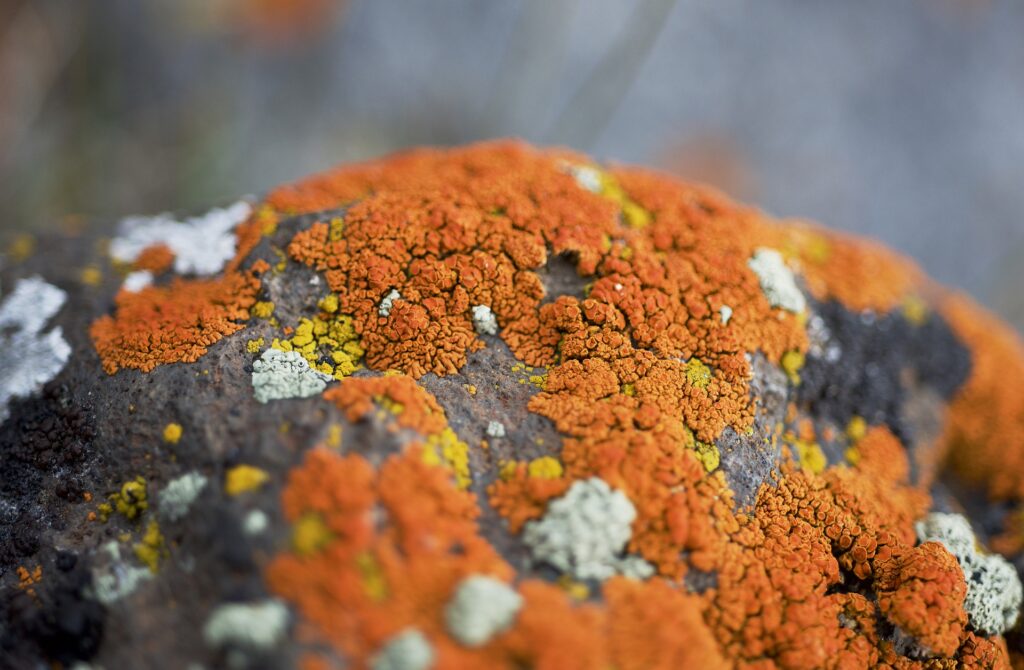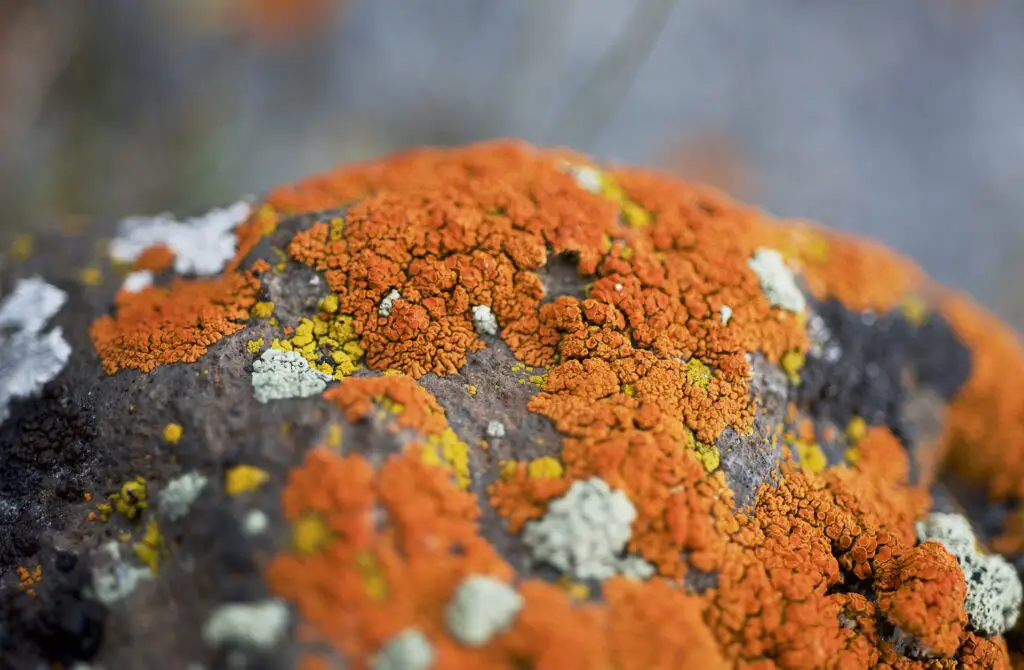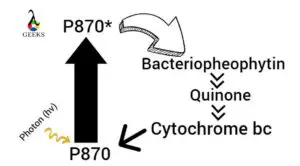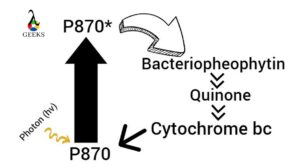Being a microscopic organism, fungi have a complex cellular organization like a membrane-bound nucleus where the DNA is wrapped around histone proteins and so they are considered eukaryotic organisms.
Like plants, fungi have a cell wall but it is made up of chitin and they do not possess chloroplasts. In contrast, their DNA matches the maximum with animals. Prokaryotic organisms have a simple or basic and unorganized Morphology. Fungi have a complex intracellular structural organization and thus they are considered eukaryotic organisms.
Why fungi is eukaryotic?
There are certain criteria by which an organism is considered a eukaryotic organism.
These criteria are that the cells must possess a nucleus and all other organelles should be enclosed/ embedded inside the plasma membrane or cell membrane.
Organelles are nothing but the other functional internal structures that take up various other responsibilities like the synthesis of proteins, production of energy etc.
Fungal cells have a layer outside their nucleus. The contents present inside the cell are guarded by a plasma membrane or cell membrane.
Read more on Eukaryotic cell Vs bacterial cells

Image credits- Pixabay free images
Ray fungi is prokaryotic or eukaryotic?
Ray fungi represent the characteristic features of both fungi as well as bacteria.
Ray fungi have another name called Actinomycetes, which is actually a bacteria, not fungi and so they are prokaryotic organisms.
Ray fungi give rise to filamentous narrow hyphae (tube-like structures that aid in the transportation of nutrients) thus making it look like fungus.
Fungi eukaryotic characteristics:
Fungi are eukaryotic organisms and possess a true membranous nucleus.
Fungi do not have vascular systems.
Fungi reproduction.
No embryonic stage in fungi is found.
Fungi are immotile.
Fungi have both diploid and haploid stages.
Fungi are achlorophyllous.
No photosynthesis takes place in fungi.
Hyphae make up the fungi.
Yeasts are single-celled organisms in which no hyphae are produced.
The fungal cell wall is consist of chitin.
Fungi can change their structure based on their environment.
Read more on Eukaryotic examples
Fungi are eukaryotic organisms and possess a true membranous nucleus.
As discussed earlier, fungi have a complex cellular organization with a complete nucleus that is embedded inside a membrane.
Thus fungi are eukaryotic organisms and possess a true membranous nucleus.
They consist of mitochondria (the powerhouse of the cell), and other networks of inner membranes such as Golgi bodies, endoplasmic reticulum.
Fungi do not have vascular systems.
Fungi do not possess a vascular system so they are non-vascular organisms.
The xylem and phloem is absent.
Fungi reproduction.
Fungi reproduce with the aid of spores such as zygospores, ascospores, oospores, basidiospores, sporangiospores, zoospores, conidiospores, aplanospores.
The spores get dispersed in the air or travel on any animal’s coat.
In comparison to the plant seed, fungal spores are much lighter and very small.
No embryonic stage in fungi is found.
Fungi lack the embryonic stage and they directly produce spores for the reproduction process.
Fungi are immotile
Fungi are immotile organisms that are they cannot able to move because they lack flagella which is a chief component for locomotion.
Fungi have both diploid and haploid stages.
The diploid stage begins with the fusion of the zygote. Haploid halts by nuclear fusion
Haploid+ Haploid= Diploid
Fungi are achlorophyllous.
Fungi are closely associated with plants, but plants have chlorophyll in them which gives a bright green color to plants.
Whereas fungi lack chlorophyll that is they are achlorophyllous organisms but potentially are seen in bright red to green to black in certain species.
No photosynthesis takes place in fungi.
As they don’t have chlorophyll, which is the key ingredient for photosynthesis.
Fungi do not take place in the process of photosynthesis.
Hyphae make up the fungi
The vegetative body of the fungi are mostly unicellular or made up of minute microscopic filaments called hyphae.
Hyphae produce a network or a system that is collectively called mycelium.
Hyphae→ Mycelium → Fungi
Yeasts are single-celled organisms
Yeast is unicellular fungi in which no hyphae are produced.
The single organism is considered as a whole organism.
The fungal cell wall is consist of chitin.
The fungal cell wall is similar to that of plants. In the case of plants, the cell wall is made up of hemicellulose, pectin and cellulose. fungal cells are surrounded by a strong, unbreakable cell wall and also they make up a complicated poly-saccharides component such as chitin. Glucan is also found. But cellulose is not present.
Chitin found in the fungi gives primary solidarity to the cell wall.
The fungal cell wall shields or protects the cell from drying up or desiccation that is moisture removal and protects from other fungal eaters. Flagella are seen in a few types like Chytridiomycota.
Fungi can change their structure based on their environment
The structural body of the fungi is called the thallus which may be single-celled or multi-celled. Certain types of fungi are dimorphic that is they get transformed from single-celled to multi-cell based on the condition they thrive in.
Examples of unicellular fungi: yeast (Saccharomyces cerevisiae), Candida species.
A variety of fungi are multi-cellular (two or more cells present) organisms. They have 2 morphological levels: vegetative morphological level and reproductive level.
The vegetative stage is the collective structure of filaments called the hyphae. Hyphae make up a network or a system which is known or called mycelium.
The reproductive phase differs from one fungus to another.
Also Read:


